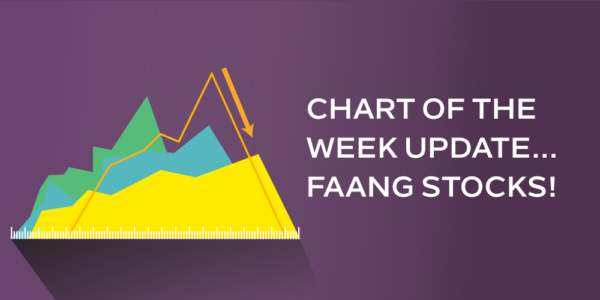
Trying to call market tops and bottoms gets such a bad rap from many traders and investors. Phrases like “calling tops and bottoms is the quickest way to go broke” are often thrown around when the discussion turns to these key market reversals. While trading tops and bottoms can be challenging, the fact is that such significant market turning points can potentially offer some of the best risk/reward scenarios.
Imagine if you could tell when a market top might be taking place. What would you do?
Two possible ideas would be to exit long positions, or enter short positions. It really is that simple. If you are a stock investor, perhaps a significant turning point taking shape in the equity markets might be a good reason to close long positions, or at least book some profits. You could also take a short position by selling call spreads or buying puts, for example.
Identifying a market top is not an exact science, markets do provide some good clues. Here are three signs you need to look for when trying to spot possible market tops.
The Retail Investor Must Get In
Investors have an uncanny way of being late to the party. As the euphoria of a good bull market takes hold, more and more investors will succumb to the pain of not being “in.” When a market is talked about constantly on television and in financial media, (think of oil’s rise to $150 or a stock bubble), it’s possible that the market is nearing the end of a run.
Increasing Volumes
During the topping process, volumes may increase. This is due to the fact that institutional investors may now be closing long positions and selling short to retail investors who may be chasing the market higher. The term “distribution” refers to institutional stock selling. As institutions decide its time to get out, they may begin to sell their long stock positions to retail investors over a period of time. In addition to this long liquidation, some investors may initiate short positions that may also possibly drive an increase in trading volumes.
Failure to Take out the High
As a market nears the end of a run, it may have difficulty in putting in a fresh high. In fact, the market may even have repeated failed attempts at reaching a new high. As the buying pressure begins to get exhausted, the market may also begin to put in a series of lower highs. As a market becomes unable to advance further, more and more investors may elect to hit the sell button. As more selling enters the market, the balance of power further shifts from buyers to sellers.
It is important to remember that a top may take place over days, weeks or even months. Calling a top with any significant degree of precision is unlikely as “topping” is more of a process than a single event. That being said, the markets may potentially provide valuable clues as the topping process takes place. Paying careful attention to such potential clues may possibly aid in position entries and exits.










